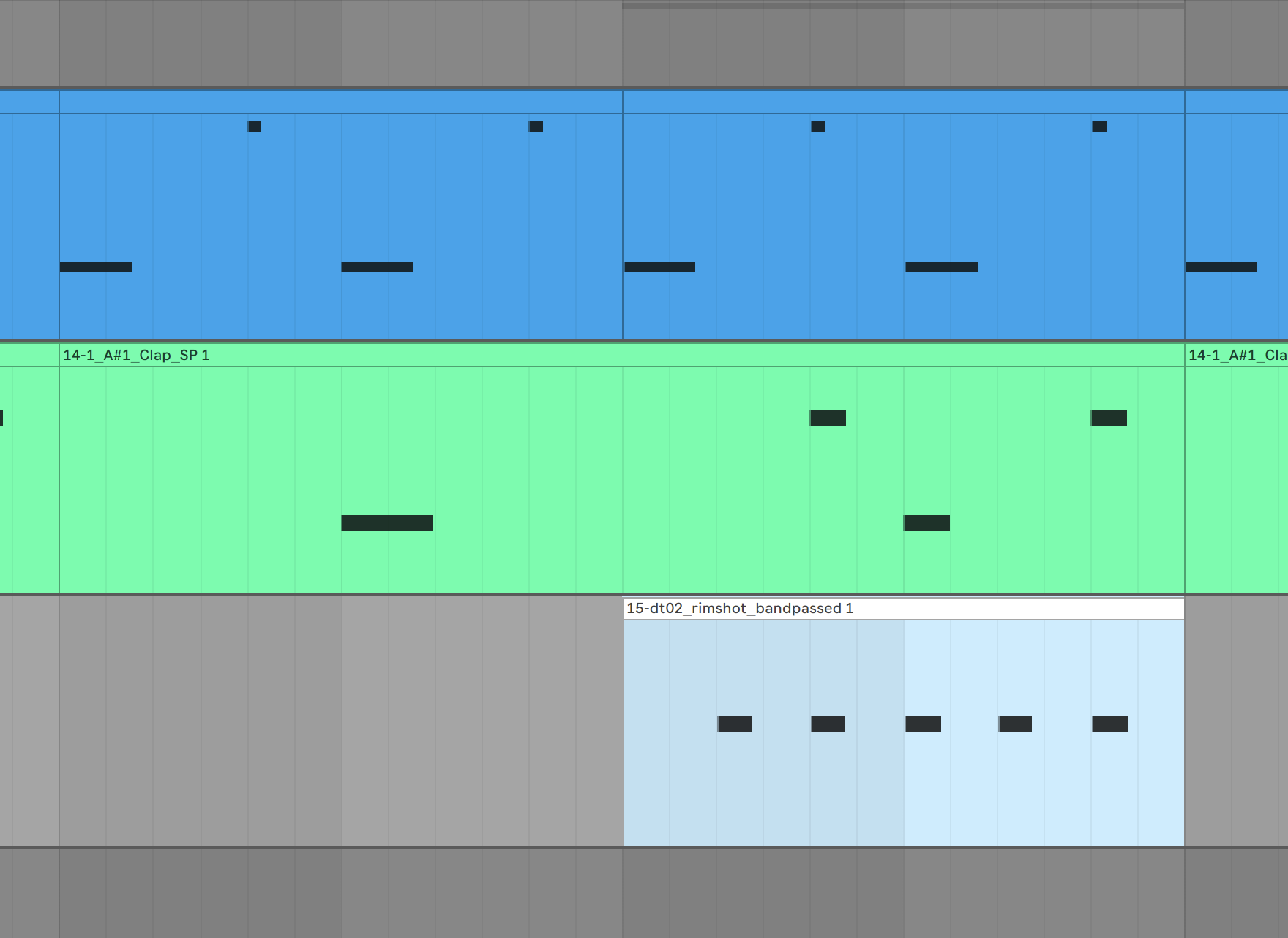1 Minimalist
As mentioned in the introduction, the beat of “Bury a friend” is extremely musty. It is kept quite minimal, but no less sophisticated and powerful. In terms of sound, we achieve a comparable result with a synthetically generated kick from the Surge synth and a sample each for clap and kick (see data for the special), which we route to a bus.

2 Tape saturation
We load an EQ that works as a low pass around 5 kHz and makes the sound duller. This is followed by the Chow Tape Model Freeware. With bias and saturation at 2 o‘clock and drive at 3 o‘clock, we add a lot of distortion and pressure. In the tone section, we also set the treble to -1.00, so that the treble is also reduced here.
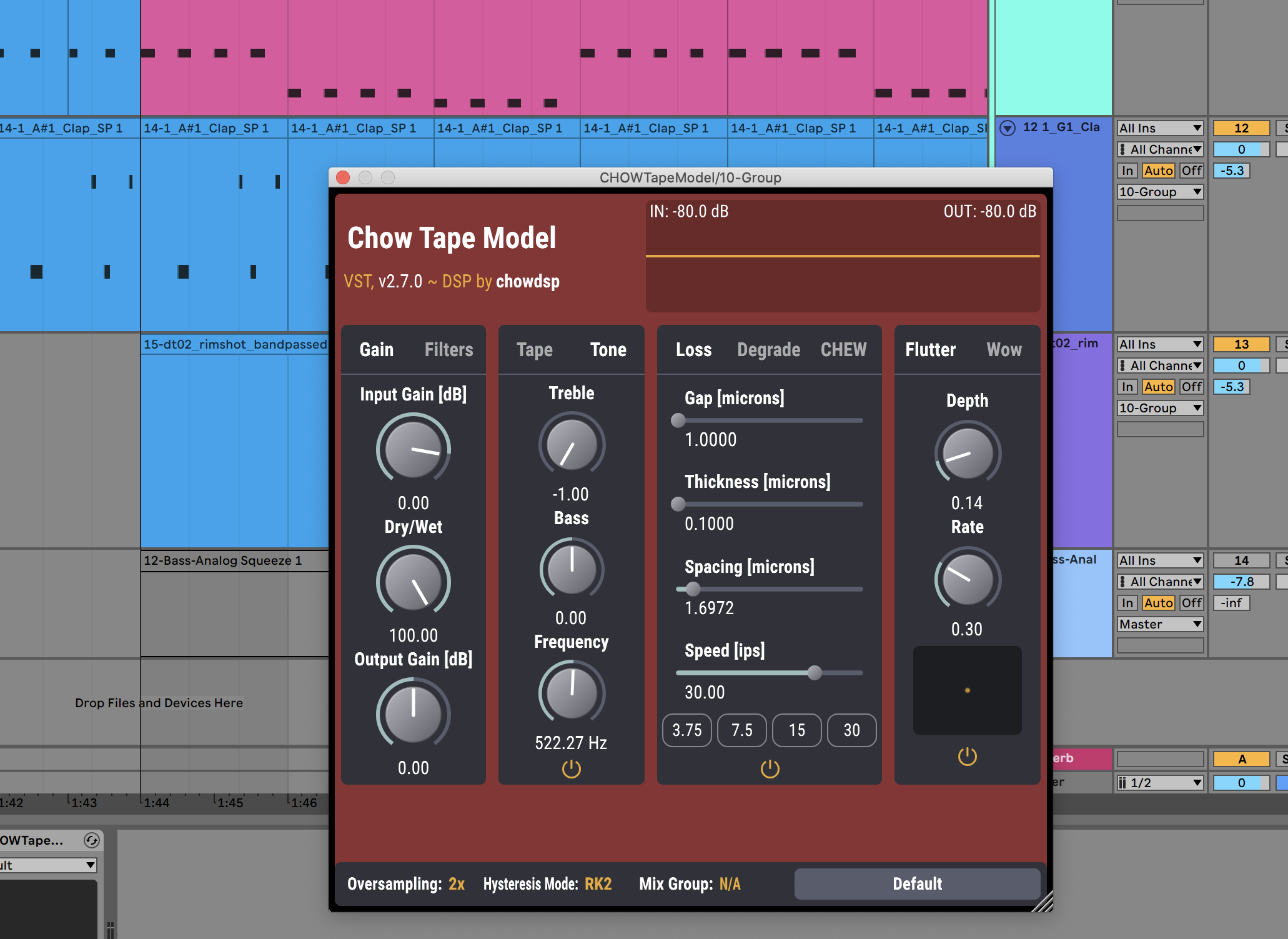
3 Synth kick
The reason for the kick from a synth: The kick plays melodically in the chorus (G to D # to E and back to G). With a sample this would be possible, too, but it would be more complicated and it would change the character of the kick. On top of that, in the break the kick acts as a long drawn-out sub-bass � la 808. A synth has an advantage here.
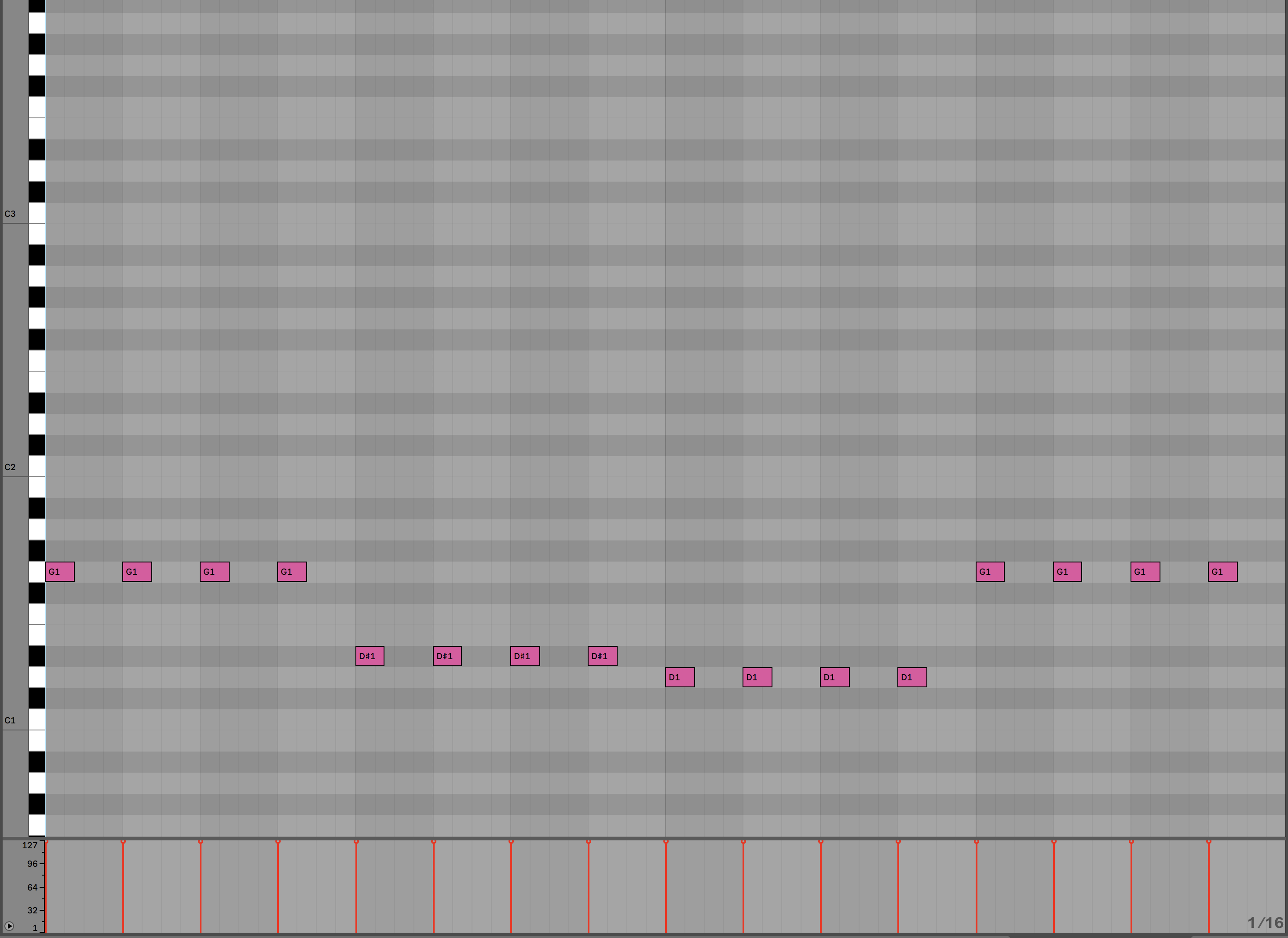
4 Foley sounds
In addition to the kick, there is a clearly perceptible kind of clap, reminiscent of a knocking on wood. Likewise, there is a rimshot replacement every two bars as well as a dull clacking as a groove element between the kicks. The latter, however, creates an extreme stereo width, as the sound on the right side is delayed by around 10 ms.
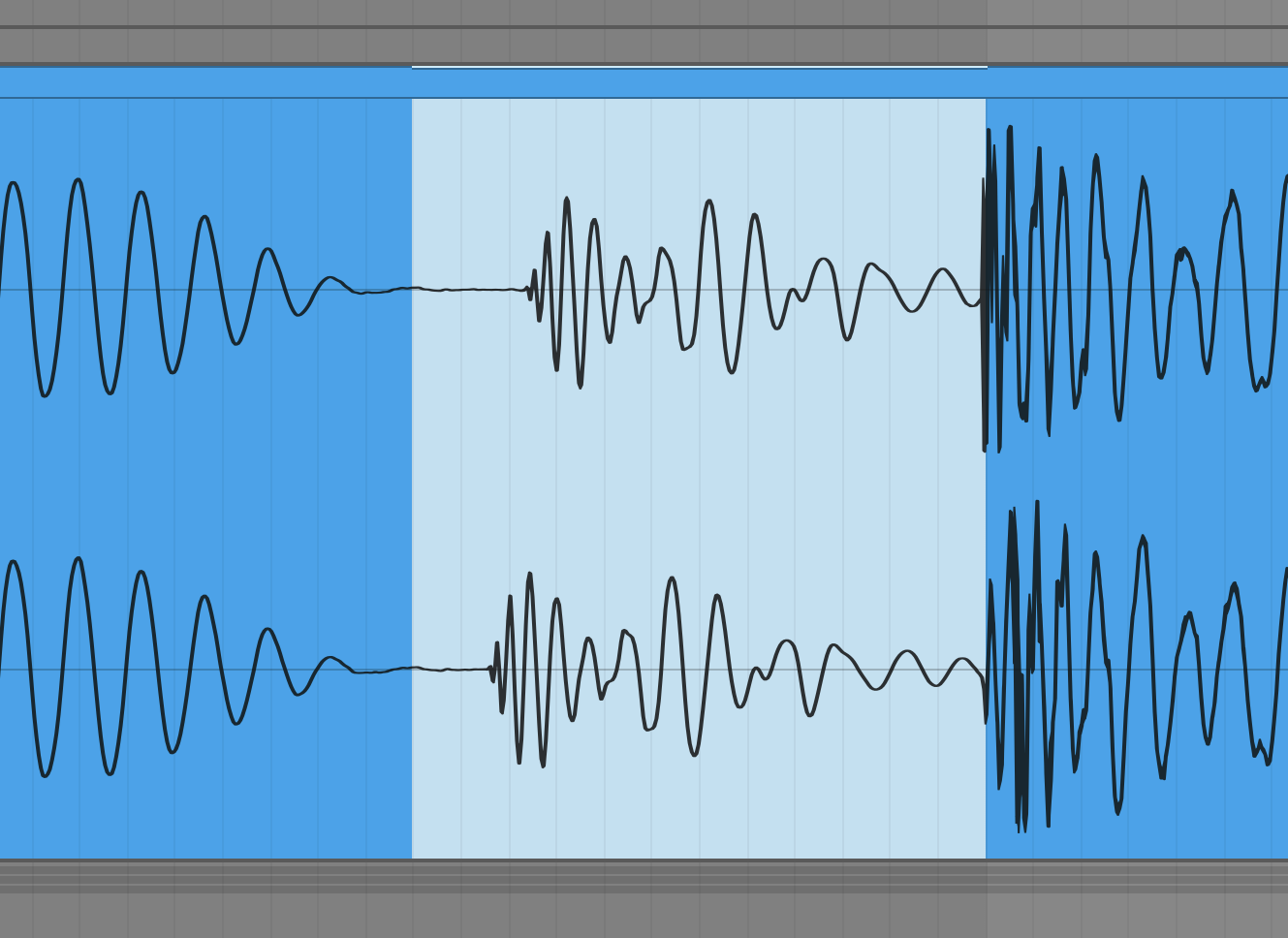
5 Stereo trick
In most DAWs this effect can be achieved rather awkwardly, so we recommend an audio editor, like the freeware Ocen Audio . Load any sample, select the right side by double-clicking in the upper half of the upper channel, cut out the selection and insert it again a few milliseconds later.
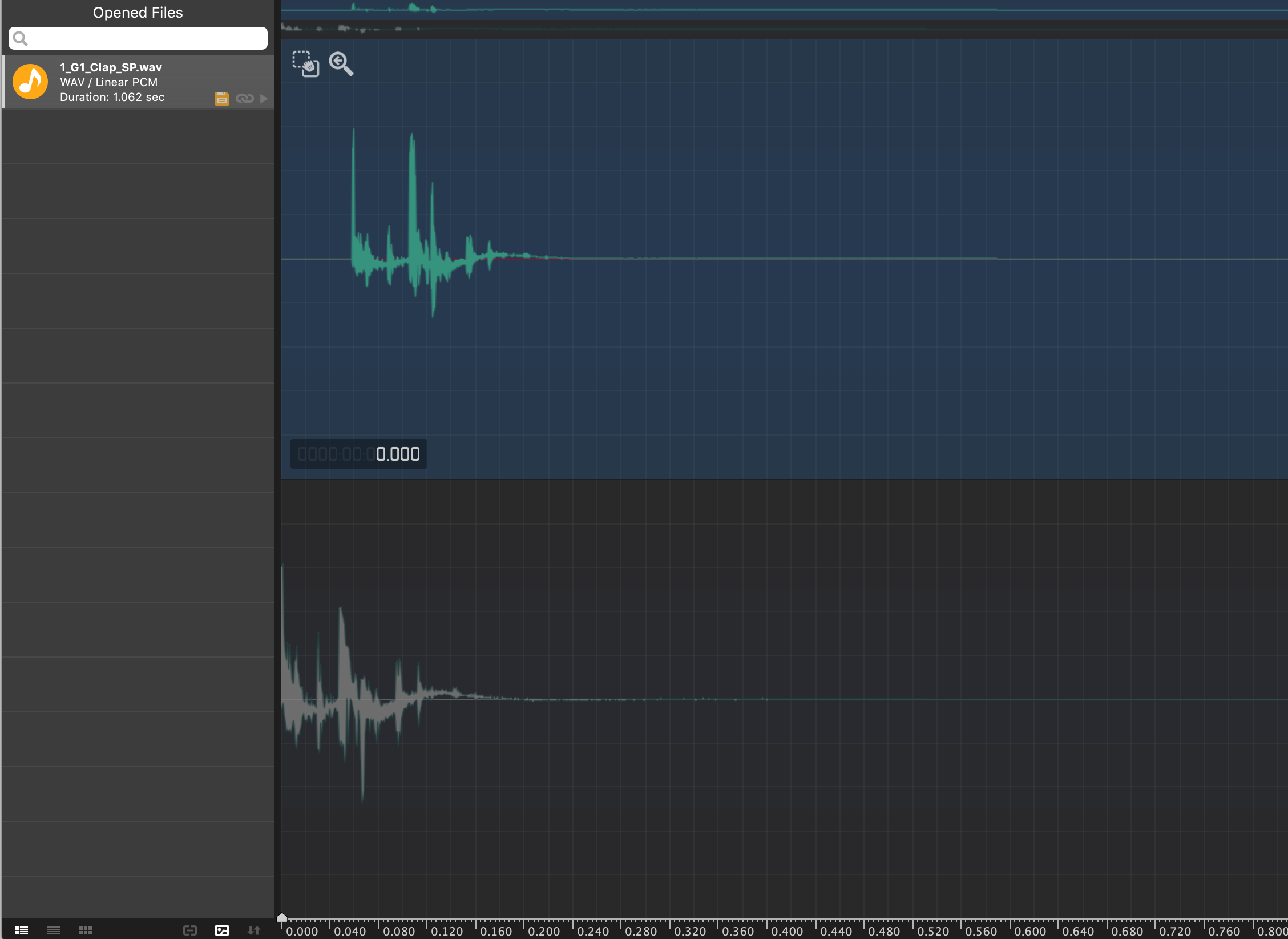
6 Triplets
The actual groove of the drums comes about through the use of a triplet rhythm and clever drum placement. In the triplet off, the muffled clacking is placed, along with quiet claps in every other bar to support the groove. At the end of every second bar, a mini-rimshot rolls also builds up tension.
